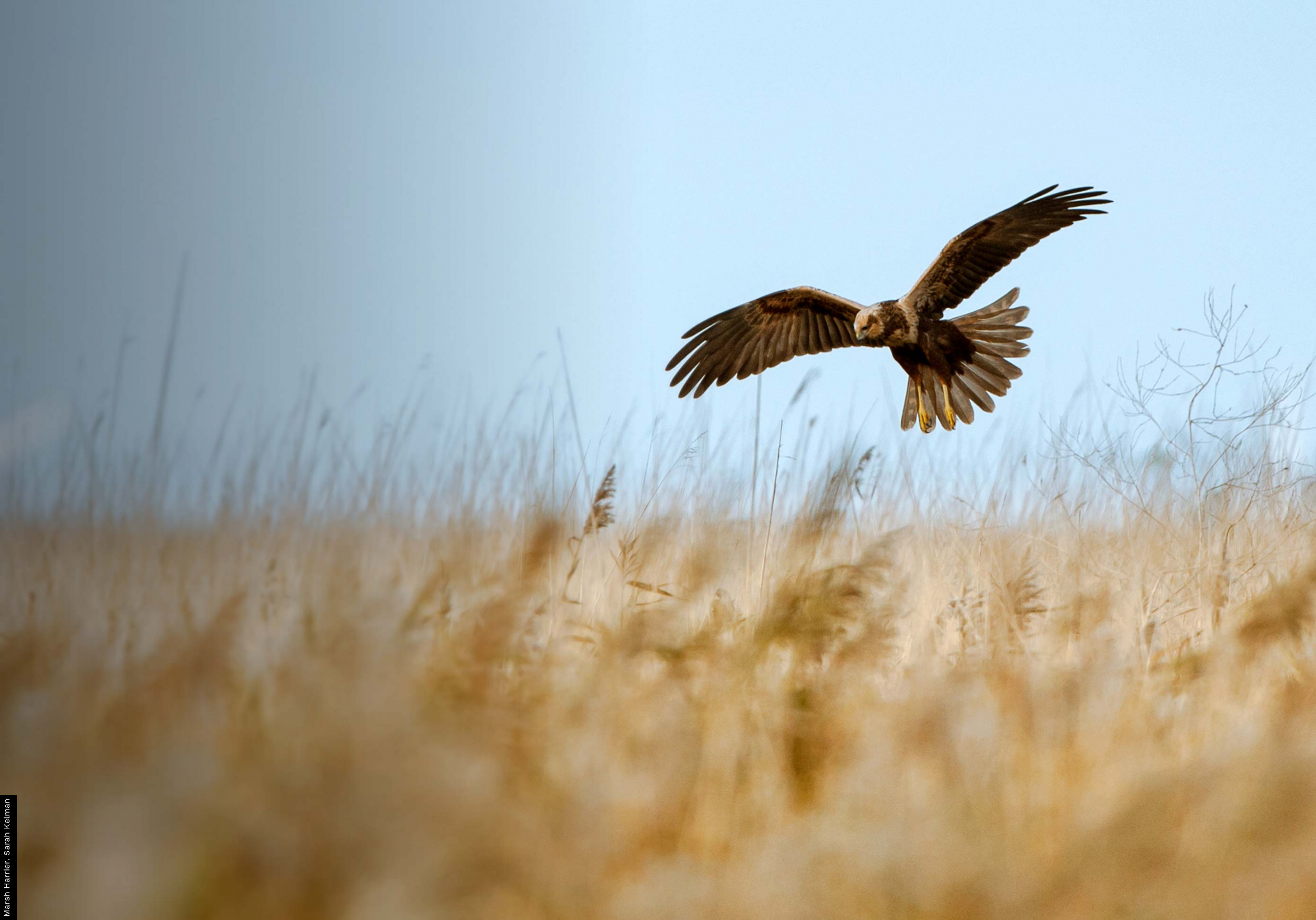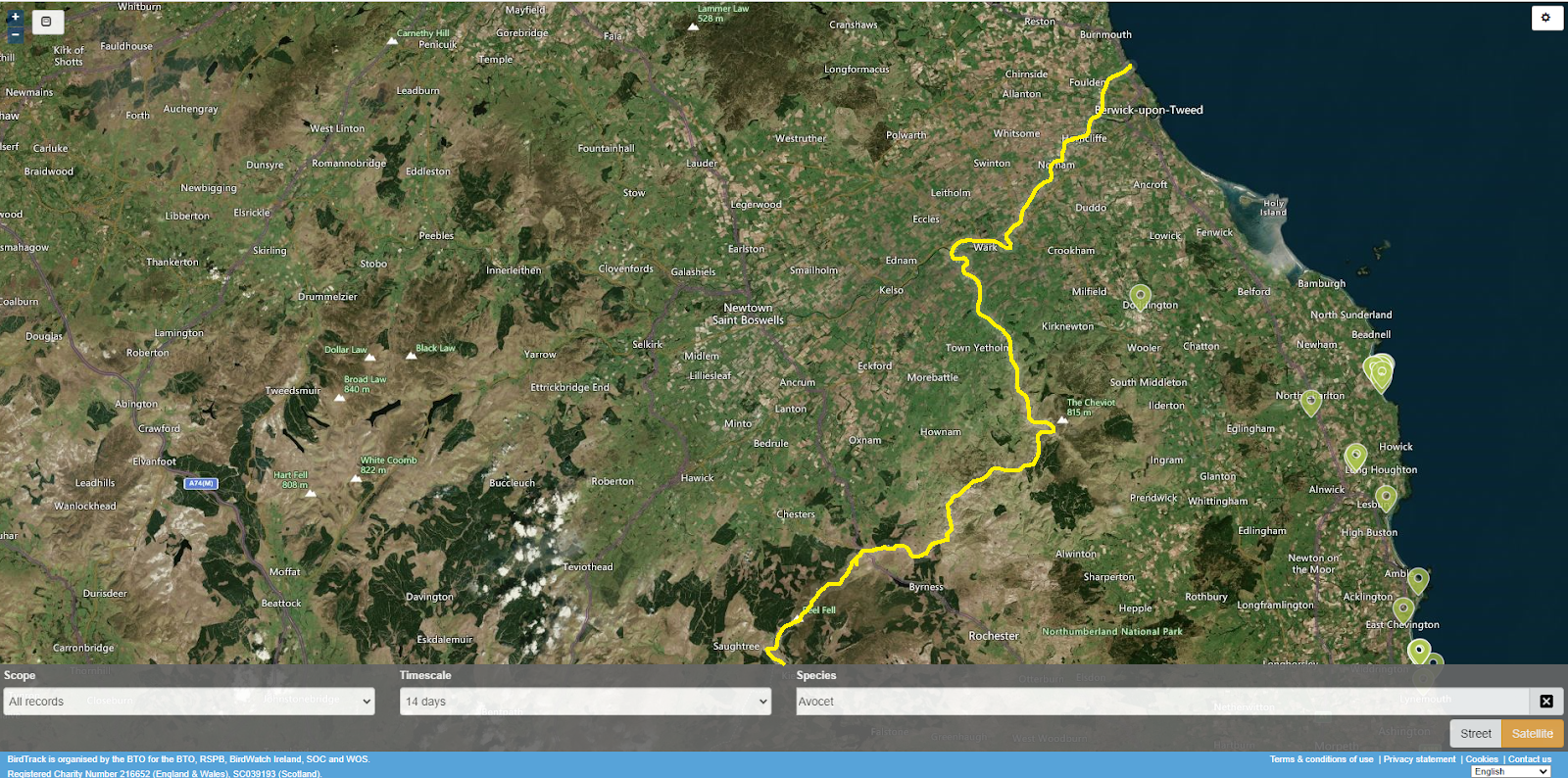BirdTrack rare species policy
- About the BirdTrack rare species policy
- Recording sensitive species in BirdTrack
- How to mark other records as sensitive
- How are sensitive records displayed?
About the BirdTrack rare species policy
Some resident, breeding and wintering birds face a number of threats, including illegal persecution, egg collecting and disturbance from audio playback of calls. They can also be affected by inadvertent disturbance at sensitive sites.
To minimise these potential threats, certain species records on BirdTrack will be hidden on public outputs. Decisions about which species records fall under our rare species policy are made in consultation with the Rare Breeding Birds Panel (RBBP) and the Irish Rare Breeding Birds Panel (IRBBP).
Species records may be hidden year-round, during the breeding season (generally March–July, but this does vary by species), or in the winter months (November–February). Some species records may also be hidden in certain parts of their geographic range, depending on their status in that area.
This approach is adopted for the majority of species covered by the RBBP and the IRBBP such as the rarer raptors, recent colonists like Cattle Egret, occasional breeders like Bee-eater, and declining species such as Turtle Dove. It also covers species that may be more susceptible to disturbance, such as Barn Owl and Kingfisher.
Setting sensitivity rules on a geographical basis allows us to take a risk-based approach to hiding records of sensitive species on the edge of their range. For example, Avocet records are visible on the BirdTrack map only up to the Scottish border, to minimise the potential threats to birds on the extreme north edge of the species' UK range.
Recording sensitive species in BirdTrack
You can record species covered by our rare species policy as normal in BirdTrack - these records will automatically be hidden from public outputs. You do not need to do anything additional when you submit sightings for this to occur.
If you wish to find out more information about which species are covered, you can view a list of species reported on by the RBBP or those species reported on by the IRBBP.
How to mark other records as sensitive
You may wish to submit records of a species not covered by the rare species policy as sensitive if they are in potentially sensitive locations. You can do this manually in BirdTrack on the website and mobile app.
- On the website, this is available under 'Extras' when you enter counts against a species. To mark the record as sensitive, click 'Notable', and then select 'Yes' for 'Sensitive'? View a screenshot of the website process >
- In the mobile app, when recording a species, press on the clipboard beside your count. This opens the observation details, where you can select a check box to mark the record as Sensitive. View a screenshot of the mobile app process >
How are sensitive records displayed?
Your records of rare and sensitive species, and any records that you mark as sensitive, will only be visible to you in BirdTrack in Recent Sightings.
In both the website and the mobile app, sensitive records appear with a differently-coloured icon: red on the website (versus the green of non-sensitive records) and green on the app (versus the orange of non-sensitive records). You can rest assured that although you can see these sensitive records, they will not be visible to other BirdTrack users.
If you notice any records of possible sensitive species are visible BirdTrack, please do get in touch with the BirdTrack team at birdtrack [at] bto.org.














Share this page